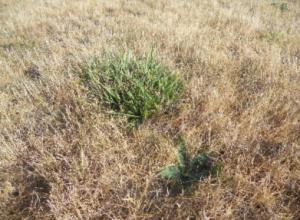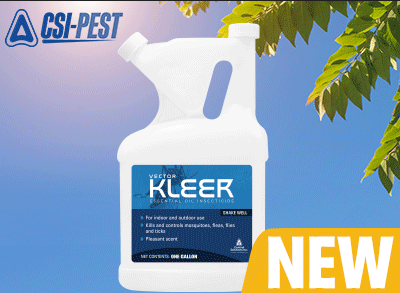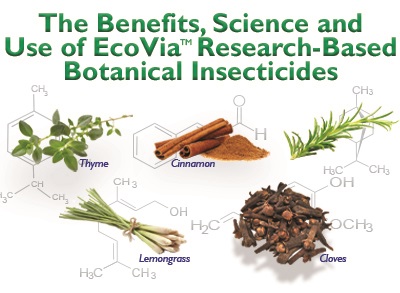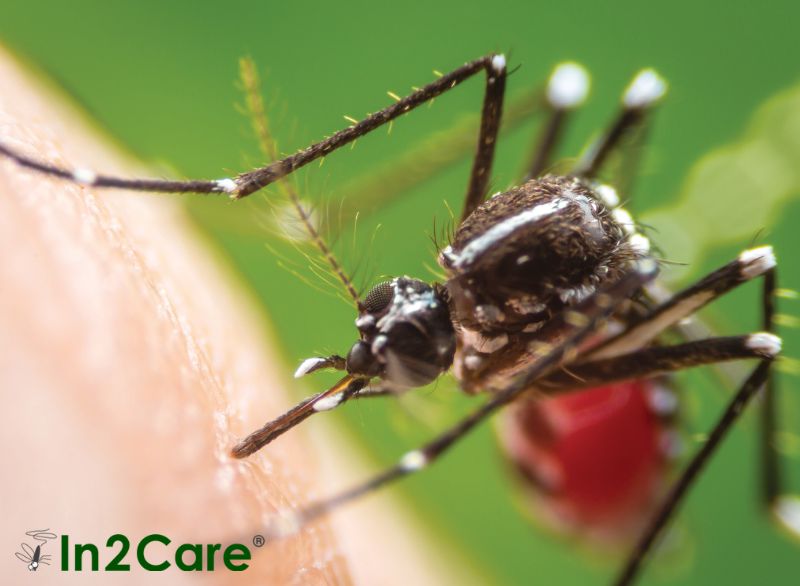Becoming a Perimeter Pro
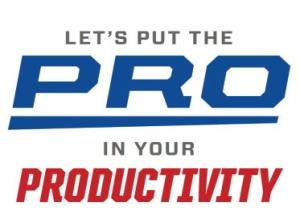
A Perimeter Pro is a structural pest management technician who understands that the exterior perimeter is the source of a wide variety of structural pests that often invade the interior of buildings. These experts know it’s a best practice to prevent a pest problem on the exterior of a structure than to attempt remediation once the pest becomes established indoors. Perimeter Pros can identify conditions conducive to perimeter pests; determine when non-chemical methods can be used to deter habitation and/or entry by pests and decide on the best treatment options/formulations for control of perimeter pests.
10 things a Perimeter Pro knows:
- Most structural pest problems originate on the exterior perimeter of buildings. Ants, spiders, scorpions, peri-domestic cockroaches, termites, flies, rats and mice, and occasional or seasonal invaders, all originate on the exterior and find their way inside through cracks, crevices and other loose fittings, or broken building sub-assemblies (doors, windows, vents, utility entrances, etc.). Haphazard application of insecticides or rodenticides that miss population reservoir sites and /or make use of inadequate formulations typically results in survival of the population and continued infestation of the structure.
- The abundance and distribution of perimeter pest populations is typically determined by certain structural features and landscape characteristics. For example, locations that are dark, damp and undisturbed, such as below decks, are ideal habitats for peri-domestic cockroaches. Decayed stumps and tree limbs are perfect nesting sites for carpenter ants. A Perimeter Pro knows to look for landscape, sanitary and structural conditions that provide or support the physiological needs of the specific target pests.
- A thorough inspection of the exterior, from property line to property line, is just as important as an inspection of the building interior, and that pest prevention on the exterior is always the goal. Intense, regular inspection of the near exterior perimeter of residential structures also increases the likelihood that incipient infestations by subterranean termites will be discovered before extensive damage occurs. It is likely that the pest management industry would benefit greatly from a major paradigm shift away from the emphasis of residential pest management on the interior to a greater emphasis on the exterior.
- That all insecticide active ingredients and formulations are not equal when you consider pest physiology and behavior and the characteristics of the surfaces to which insecticides are applied. Some formulations are superior to others when applied to highly porous surfaces commonly found on and around exterior perimeters. Further, a Perimeter Pro realizes that environmental conditions (moisture, heat, cold, sunlight) affect not only the pest but also the insecticides applied for control. An informed selection of an insecticide’s formulation can reduce the deleterious effects of these conditions on efficacy and residual.
- The key to effective perimeter management of pest populations lies in correcting conditions conducive to their survival and entry into the structure, along with selection of active ingredients and formulations that will produce pest mortality and assure a reasonable length of residual effectiveness. It is essential to apply insecticides according to label directions and at the proper concentration and volume.
- Frequency of perimeter applications should be based on pest biology, not the calendar. There is little benefit from routine exterior application of liquid insecticides from November through February, with the exception of areas of the U.S. where exterior pests (mostly ants) remain active throughout the year. A Perimeter Pro understands that there is no magic amount of time that an exterior perimeter insecticide application will “last” under all conditions. Consider: if a pest management professional perceives that a given product is not “lasting” as long as expected, he or she might be basing their observation on the continuing presence of pests in the treated area. Before concluding that the product isn’t up to the task, a Perimeter Pro should consider if they missed something or if the product was applied in full accordance with the label. In fact, most perceived product failures are usually due to the product not being applied correctly by the applicator.
- Unless you are doing work that requires high pressure and/or high volume, gas engine power sprayers are typically not necessary for general pest perimeter applications. Low pressure electric rigs or backpack sprayers are sufficient for most exterior perimeter applications and are less likely to produce over-application, runoff and drift.
- Exterior applications may be made with any of several different formulations. Water-based formulations (Fendona® CS Controlled Release Insecticide), water soluble granules (Alpine® WSG Insecticide), suspension concentrates (Termidor® SC Termiticide/Insecticide), etc.), bait granules (MotherEarth Granular Scatter Bait), gel baits and insecticide granules are all acceptable. A Perimeter Pro avoids taking the easy way out by routinely applying whatever is in the spray rig tank month after month or quarter after quarter. Active ingredient and formulation should be selected based on proven efficacy and residual performance under conditions similar to those encountered on the job.
- Environmental protection, or stewardship, is part of the job. Following label directions on where, when and how insecticide applications can be made is imperative, as is a constant awareness of the importance of pollinators and their protection when making exterior perimeter applications. A Perimeter Pro knows that when vegetation is in bloom, pollinators are probably near by.
- That his or her job is both to control any existing infestation and, more importantly, to prevent future infestations. A Perimeter Pro is a problem solver and preventer.
The future of single–family residential and much non-food commercial pest management will be focused on the exterior perimeter. It’s an ecosystem that has been traditionally underrepresented in pest control research, innovation and training. The time has come to shift the focus away from routine and often perfunctory indoor treatments to preventive pest management on the exterior perimeter.
Authored by:
Jeffrey Tucker, BCE
on behalf of BASF Professional & Specialty Solutions
Entomology Associates, Inc.
Houston, Texas


